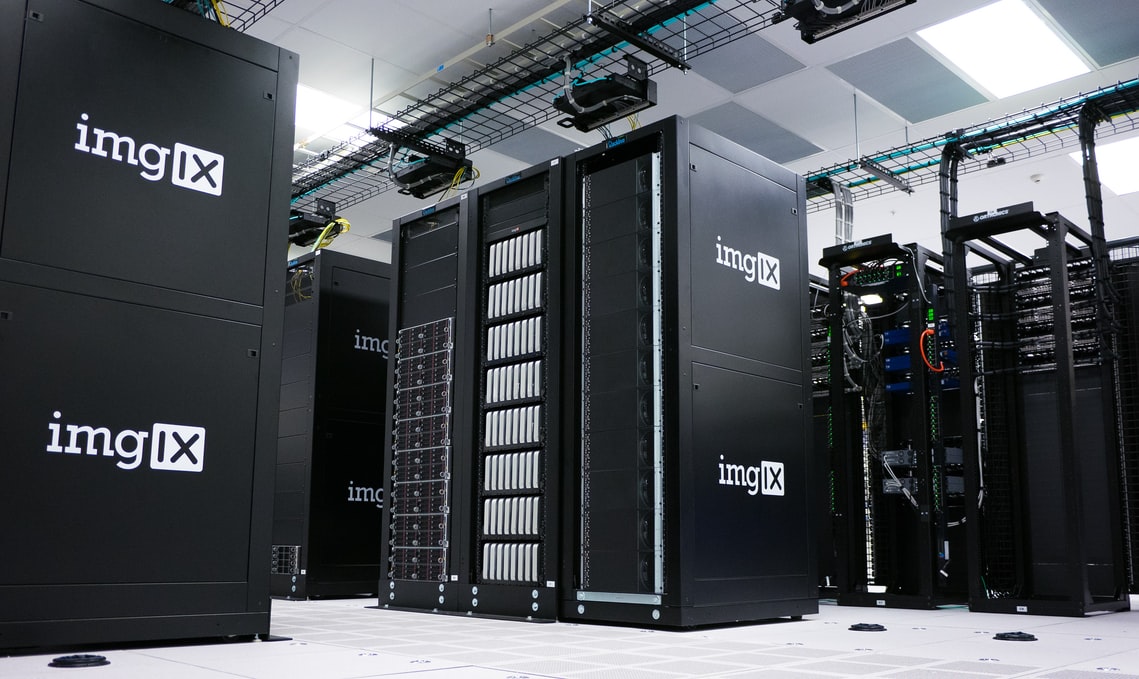A fast, efficient, and hopefully cost-effective network is crucial to supporting communication and business systems in modern business. Depending on industry, organizations frequently spend anywhere from 2% to upwards of 7% of total revenue on IT services like networking, making IT one of your most costly investments. At the same time, most organizations attempt to keep IT budgets as small as possible, despite the high costs of hardware and management.
The new year is the perfect time to review your network and your IT processes to determine where and how you can control costs without reducing functionality or performance. In fact, in some cases, cost-saving measures can improve performance, security, and stability through smart networking decisions.
These 6 ways to cut networking costs will get you started, but it’s also a good idea to talk to a managed services provider or installer for an audit and review to determine how and where your setup could be improved or optimized to meet specific business needs.
How to reduce your networking costs
1) Reevaluate Network Vendors
Vendor bloat is a major issue in any technical industry, especially if your organization has expanded, changed technologies, or merged with another organization. Many organizations maintain contracts with anywhere from 1-5+ vendors, each selling variations of the same thing or different aspects of your networking or IT solution.
Here, it’s important to review your total contracts, consolidate what you can, and simplify contracts. Any contract will come with fees, service fees, and maintenance fees and moving to a single or only a few vendors can dramatically cut costs.
The start of the year is also an ideal time to evaluate potentially expiring contracts, simply because you can use this period to look for competitors, to evaluate new technologies, and possibly to innovate.
Sticking with a single vendor for the lifetime of your organization is safe, but it often means the vendor has no incentive to innovate or offer more. Just make sure you’re evaluating long-term cost and benefit when consolidating or switching vendors.
2) Adopt SD-LAN and SD-WAN
SD-WAN and SD-LAN are two solutions that are gaining rapid adoption, thanks to the convenience, scalability, and cost-effectiveness of SDN on LAN and Wan. SDN is an architecture, but SD-WAN can be purchased and implemented, at significantly less cost than traditional WAN.
Here, key advantages lie in aggregation, central management, and dynamically sharing network bandwidth. Most are completely policy-driven, self-organizing, and therefore simple to operate and scale. One study by Gartner also estimates SD-WAN to be as much as 2.5x cheaper than traditional WAN.
These technologies also support faster and better integration into cloud technologies like cloud-based security, central network management, and automatic scaling to meet peak usage.
3) Evaluate Total Cost of Ownership
Total Cost of Ownership or TCO is something of a buzzword, but it’s one you should pay attention to. TCO covers everything you pay to install, maintain, operate, and run your network. For most organizations, the cost of running your network will far exceed the costs of hardware. Examining management costs, service plans, IT time investment, pay-as-you-go contract items, total cost of vendor package and so on will help you understand what you’re paying and why.
If you’re paying more than expected, it’s a good time to evaluate why and what you can do about it. For example, if actual management costs are too high, you can look at reducing total manual investment. If subscription fees are too high, you can set caps with vendors or switch contracts.
4) Centralize Network Management
Manual network management and updates are no longer necessary, time-consuming, and costly. Yet many organizations still implement them. Integrating centralized network management allows you to save time and money by reducing time investment for IT professionals to monitor, manage, and update the network.
If each device has to be set up and configured individually, you’re overburdening your likely already light IT team. In addition, if you have the same hardware across the organization (Which you most likely do), requiring individual setup and configuration means your IT teams will needlessly repeat the same manual tasks over and over again.
Unified network tools and management allow professionals to update and configure hardware remotely. This can include configuring devices, managing network security, shifting data load, configuring bandwidth, etc. While capabilities will vary considerably depending on your solution, integrating centralized management is crucial to cutting costs.
5) Optimize and Automate
Network automation is a bit of a hot topic in IT, but it should be. Automation allows you to automatically perform routine manual tasks like bandwidth allocation and reallocation, network configuration, threat prevention, security, authentication, etc.
While automation is an investment in that you have to choose which processes to automate, optimize them to ensure quality, and manually do so. This will require assessing which processes to optimize based on need, return on value, and ease of optimization, implementing triggers to notify you when and if optimization isn’t working, and creating a monitoring program. In most cases, optimization will improve network performance, decrease costs, and ensure faster responses to issues and threats.
6) Virtualize Solutions
Virtualization is increasingly offering solutions in most areas of IT, including networking. Here, virtualization allows you to implement networks in different ways depending on what you implement. VPN and VPLs have been a standard in many organizations for some time. These technologies can save your organization money by reducing needed switches and routers, but may increase direct bandwidth costs.
Virtual network infrastructure, including virtual switches and routers can simplify your network and therefore reduce total required management, but may not allow you to use existing technology. Hybrid solutions typically allow you to marry hardware networks with cloud networks to create a single WAN. Here, it’s always a good idea to evaluate existing technology to determine if virtualization or cloud solutions are beneficial before moving to them, because it is a large step from traditional networking.
Networking is essential for nearly any business but it doesn’t have to be over budget. End-of-year is the ideal period to evaluate your network, where you’re spending money, and what you can do to improve costs and performance for the next year.
Most managed service providers can also help with this kind of evaluation by stepping in to review your network, network load, technologies, time-investment, and which solutions will help your organization cut costs or improve performance.






